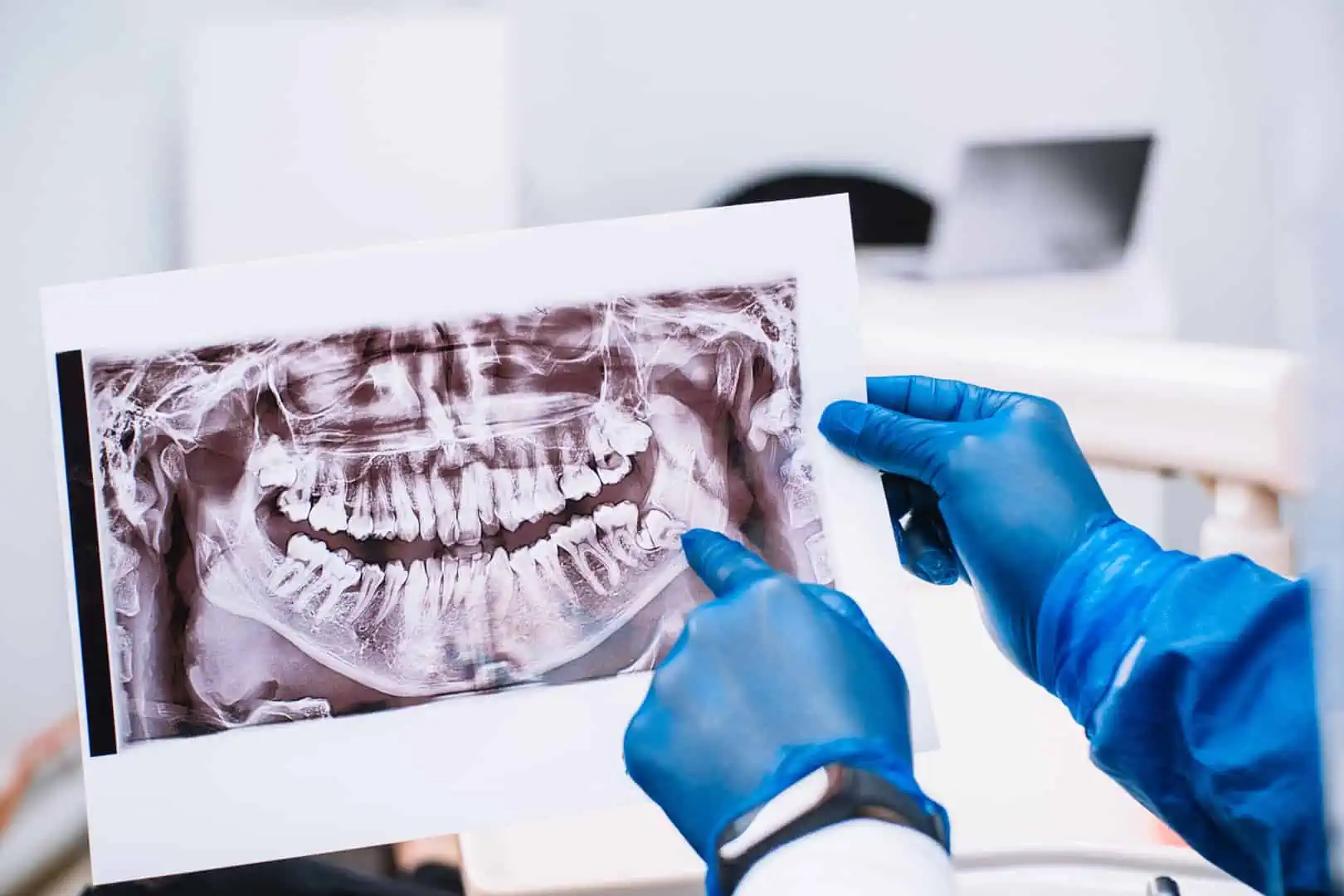Gentle Wisdom Teeth Removal at Valley Oral Surgery in Livermore and Dublin, CA
Valley Oral Surgery provides expert removal of impacted or problematic wisdom teeth with advanced imaging and tailored aftercare.

What Are Wisdom Teeth — and Why Are They Removed?
Wisdom teeth, also called third molars, are the final set of molars to develop, usually between the ages of 17 and 25. While some individuals have no issues with their wisdom teeth, many experience pain, infection, or complications due to lack of space in the jaw.
Common reasons for wisdom tooth extraction include:
- Impaction (the tooth does not fully emerge)
- Infection or inflammation of surrounding gum tissue
- Pressure against nearby teeth (crowding or damage)
- Formation of cysts around the tooth
- Difficulty keeping the area clean
Even if symptoms aren’t currently present, preemptive removal is often recommended to prevent future complications, especially when impaction is detected early through 3D imaging.
What Are Impacted Wisdom Teeth?
An impacted tooth is one that cannot fully erupt through the gums due to obstruction or lack of space. This condition is common with wisdom teeth and often requires surgical intervention.
There are several types of impaction:
- Soft tissue impaction: The tooth is trapped beneath the gum
- Partial bony impaction: Part of the tooth has emerged, but not fully
- Complete bony impaction: The tooth remains fully buried in the jawbone
Impacted wisdom teeth can lead to:
- Pain and swelling
- Infection (pericoronitis)
- Decay in adjacent teeth
- Bone loss or cyst formation
- Jaw stiffness or headaches
We use advanced 3D imaging to assess the location and orientation of the impacted teeth before recommending extraction.
How the Procedure Works
Wisdom teeth removal is a common outpatient procedure, typically performed under local anesthesia, IV sedation, or general anesthesia — based on patient preference and case complexity.
The procedure involves:
- Consultation and Imaging: A full exam with digital scans to determine the number, position, and condition of the teeth.
- Anesthesia or Sedation: We offer a full range of sedation dentistry options, including IV sedation for anxious patients.
- Tooth Removal: A small incision is made, and the tooth is gently removed. If needed, it may be sectioned into smaller pieces.
- Cleaning and Closure: The socket is cleaned, and sutures are placed to support healing.
- Recovery Monitoring: You’ll receive clear aftercare instructions and scheduled follow-ups to monitor progress.
Our board-certified oral surgeons — Dr. Anna Lu, DMD and Dr. Jimmy Tung Nguyen, DDS, MD — have extensive experience in wisdom tooth surgery and post-operative care.
What to Expect After Wisdom Teeth Removal
Most patients recover in about 5 to 7 days, although full healing can take a few weeks. Swelling, mild discomfort, and limited jaw movement are normal in the first 48 hours.
Aftercare instructions include:
- Apply ice packs to reduce swelling (first 24 hours)
- Take prescribed or over-the-counter pain medication as directed
- Eat soft foods (e.g., soup, yogurt, oatmeal)
- Avoid straws, smoking, or vigorous rinsing for at least 3 days
- Brush gently, avoiding the surgical sites
- Rinse with warm salt water starting 24 hours after surgery (if advised)
Complications like dry socket, infection, or prolonged bleeding are uncommon when aftercare instructions are followed closely. You’ll also receive a printed and verbal review of post-operative guidelines.
When Should Wisdom Teeth Be Removed?
Wisdom teeth are typically evaluated during late adolescence or early adulthood, even if they’re not causing pain.
Early removal offers:
- Easier healing and less risk of nerve involvement
- Prevention of future impaction or crowding
- Reduction in risk of infection or jawbone damage
Even in adults, timely removal of problematic third molars can protect long-term oral health and comfort.
Wisdom Teeth Removal for Patients Across the East Bay
At Valley Oral Surgery, we provide expert wisdom teeth removal with advanced imaging and sedation support. From our offices in Livermore and Dublin, we welcome patients from Pleasanton, Tracy, Castro Valley, Hayward, San Ramon, Fremont, and surrounding Bay Area communities. Our surgeons also coordinate with local dentists and orthodontists to ensure patients receive timely and comprehensive surgical care.
FAQs: Wisdom Teeth Removal
Does everyone need their wisdom teeth removed?
No. If the teeth are healthy, fully erupted, and easy to clean, they may not need removal. However, most people experience impaction or crowding that requires extraction.
At what age should wisdom teeth be removed?
Ages 16–25 are ideal for removal before full root development and impaction occur. Removal in adulthood is still common but may involve a longer recovery.
Is the surgery painful?
The procedure itself is painless with local or IV sedation. Discomfort afterward is usually mild to moderate and well managed with medication.
What is dry socket, and how can I avoid it?
Dry socket is a painful condition that can occur when the blood clot is dislodged from the socket. Avoid smoking, straws, and vigorous rinsing for the first 3 days to reduce risk.
How long is the recovery time?
Initial healing takes 3–5 days for most patients. Full tissue recovery may take 2–3 weeks, depending on case complexity and adherence to aftercare.
Lorem ipsum dolor sit amet, consectetur adipiscing elit. Suspendisse varius enim in eros elementum tristique. Duis cursus, mi quis viverra ornare, eros dolor interdum nulla, ut commodo diam libero vitae erat. Aenean faucibus nibh et justo cursus id rutrum lorem imperdiet. Nunc ut sem vitae risus tristique posuere.

